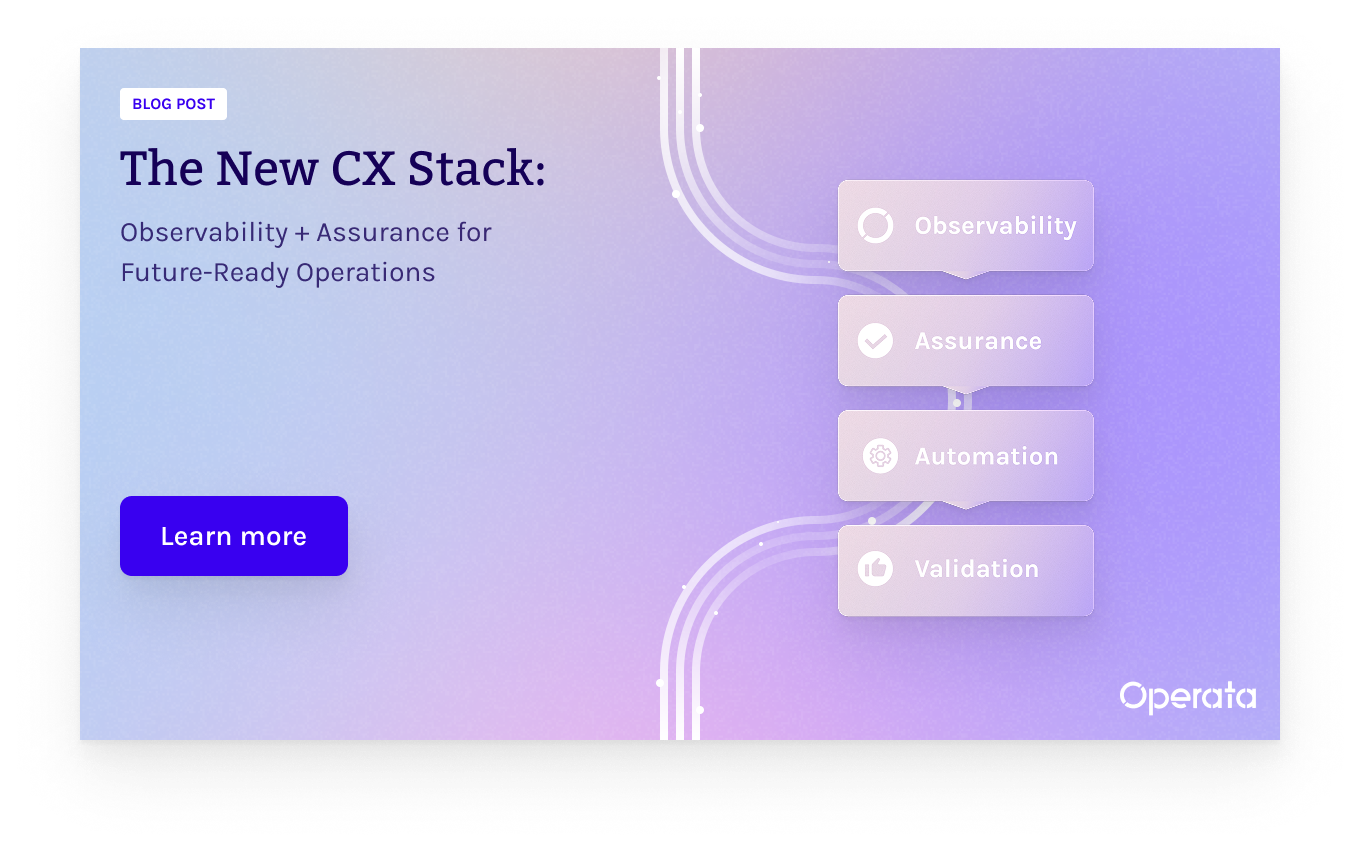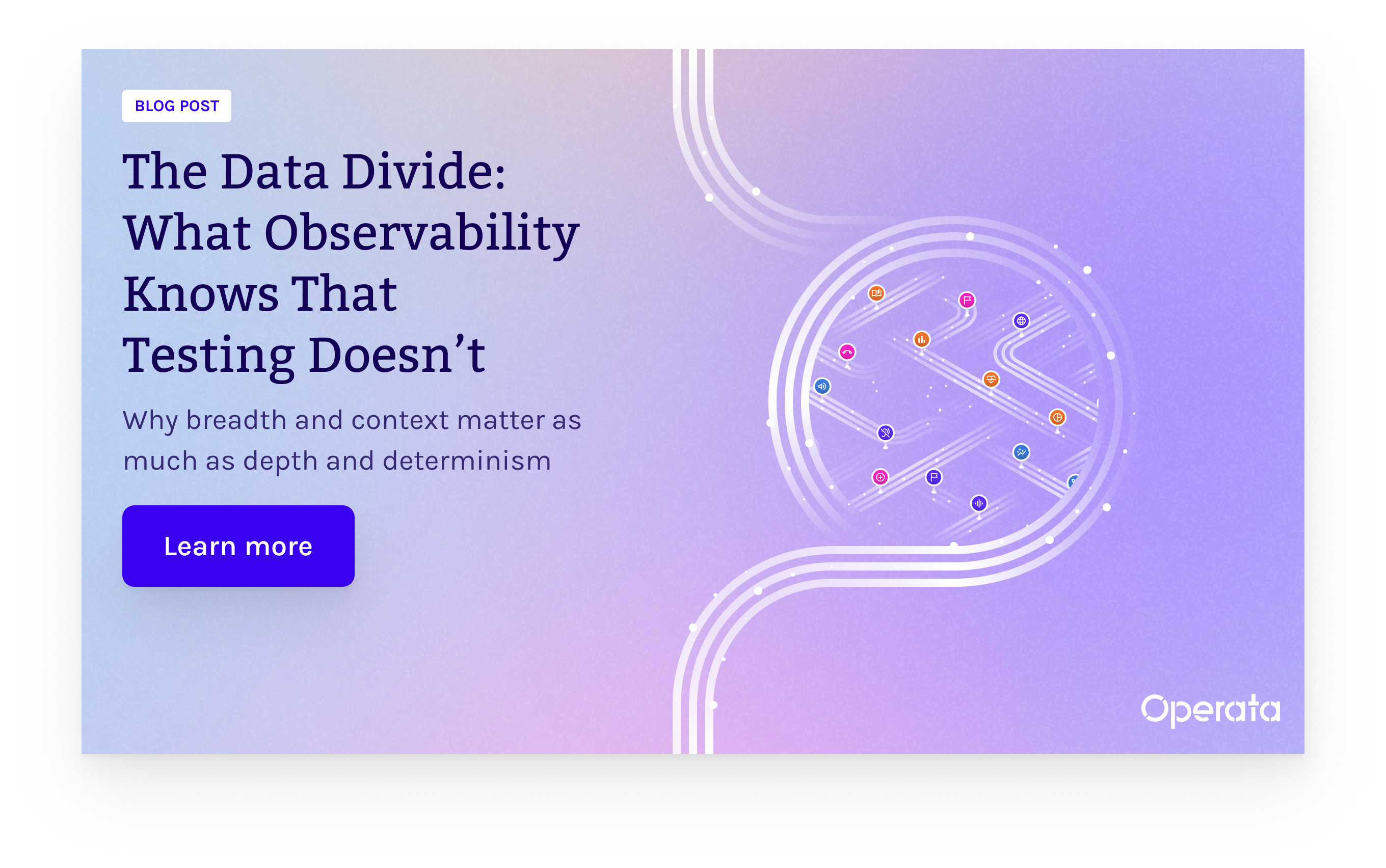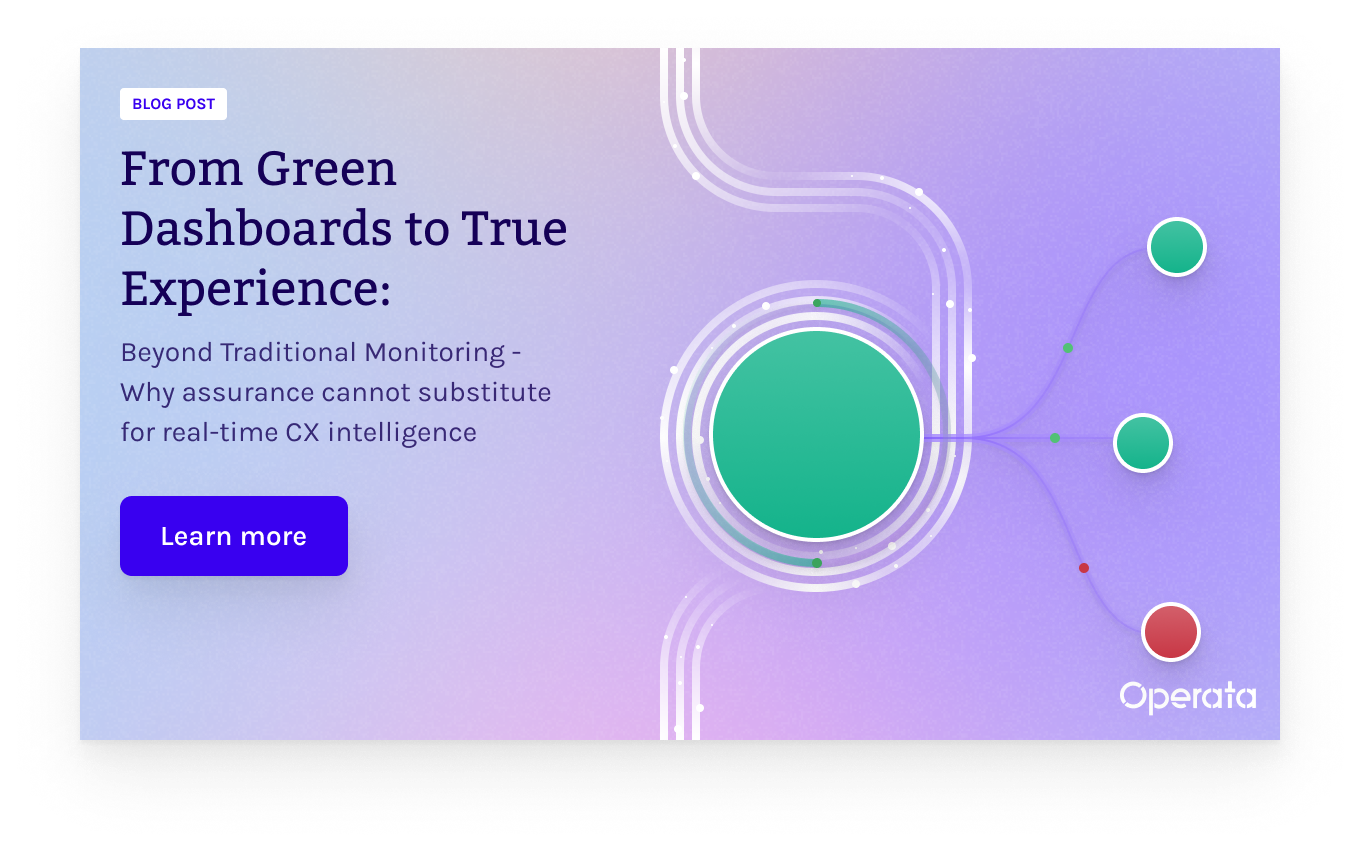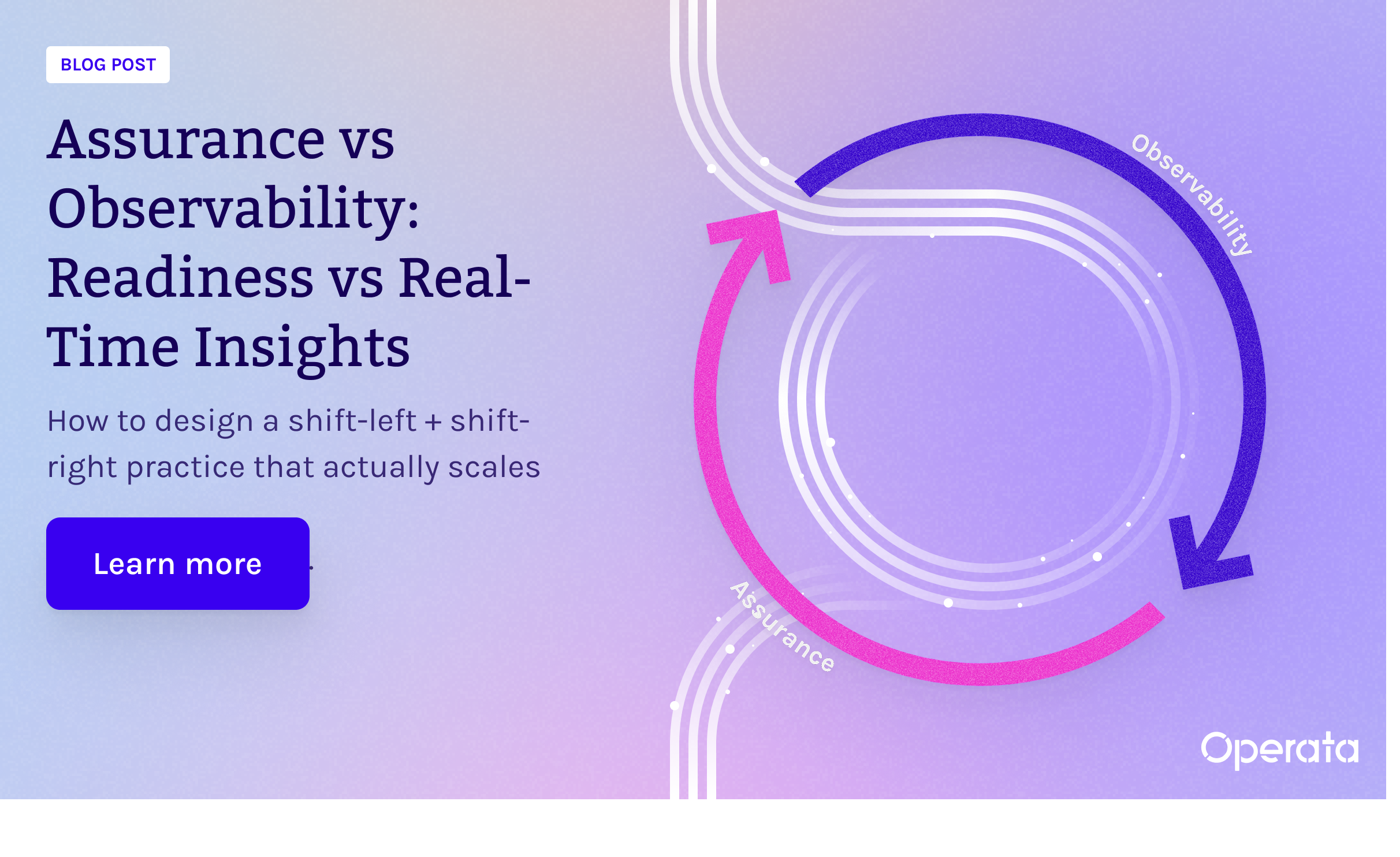According to Forbes, nearly 90% of companies compete primarily based on customer experience (CX). Exceptional CX has become the driver of revenue growth for many iconic brands like Apple, Tesla, Amazon, and more. Conversely, poor CX is assumed to damage brand reputation and spur increased customer churn. However, to what extent does poor CX drive poor customer sentiment, and what impact does that truly have on a company’s revenue?
Very few companies can actually answer those two questions.
In this article, we’ll walk through a hypothetical analysis of the revenue impact of poor customer sentiment, using key industry metrics in combination with some of the unique data points that Operata has observed while working with customers. Another way to think of this is “Customer Value at Risk” due to poor sentiment. By the end of our analysis, we will present a plausible revenue outcome for a hypothetical company, based on these reasonable inputs. So, let’s dive in.
Our hypothetical large enterprise
Imagine a very large mobile carrier that has over 200M customers. They receive calls from 50M unique customers a year. The average customer spends $500 per year with the carrier on their mobile phone service. So, this mobile carrier’s business is generating over $100B in annual revenue, and they receive calls from $25B in annual customer value.
Our CX data points
According to the Zendesk 2023 CX Report, "73 percent of those consumers will switch to a competitor after multiple bad experiences—and more than half will head for the exits after a single unsatisfactory interaction." In other words, more than 50% of customers are at risk of churning after a single negative experience.
Operata found that on average 4% of calls experience a “Terminal CX Event”, where technical issues caused a customer interaction to fail before completing. Some examples include: dropped calls, mid-call abandons by customer or agent, and very poor audio quality. The typical percentage of calls with Terminal CX Events is likely higher than 4%.
Additionally, Operata found that low call quality causes a 2x increase in negative customer sentiment. So, if a company has a baseline rate of 10% for negative customer sentiment on calls without low quality, then the rate with low quality is 20%.
The $100M problem
You can probably guess where this is going. Since our hypothetical enterprise is so massive, the financial impact of poor CX is similarly huge. Here’s the math, based on the above reasonable assumptions:
- 4% of 50M total customers experience a Terminal CX Event = 2M customers.
- 20% (2x of 10%) of 2M customer calls are rated as Negative Customer Sentiment = 400k customers.
- 50% of 400k customers are at risk of churning = 200k customers.
- 200k * $500 = $100M.
For this hypothetical enterprise, $100M means that 1% of their annual revenue is at risk of disappearing, and reappearing as revenue for a competitor. For a company this size, a 1% hit to annual revenue can cost much more than that in their stock market valuation, as investors see it as a sign of slower growth and competitive weakness.
How Operata changes the equation
Now, imagine that this mobile carrier implements Operata for CX Observability across all of their contact centers, for 100% of their calls. Over time, Operata customers are able to progressively lower their rate of Terminal CX Events. So, for each percentage point reduction in Terminal CX Events, from 4% to 3% and so on, this customer would save $25M in customer value at risk – a tremendous boon to their revenue and market capitalization.
You may have realized that there’s an inherent bias in this analysis. The Operata data points come from work with Operata customers, who have already achieved CX improvements that reduce their rate of Terminal CX Events. So, it’s very likely that the CX situation is even worse for companies that aren’t using Operata. And worse yet, they have no way of quantifying the impact of Terminal CX Events, because only Operata provides insights drawn from correlated technical, operations, and experience data.
Learn the new math
If you’d like to gain insight into Terminal CX Events in your own contact center and their impact on customer value at risk, we’d love to help you analyze your current performance. You can schedule a 1:1 demo to get the conversation rolling, or sign up for a free 14-day trial and you’ll start collecting data during our initial 30-minute implementation call.
















